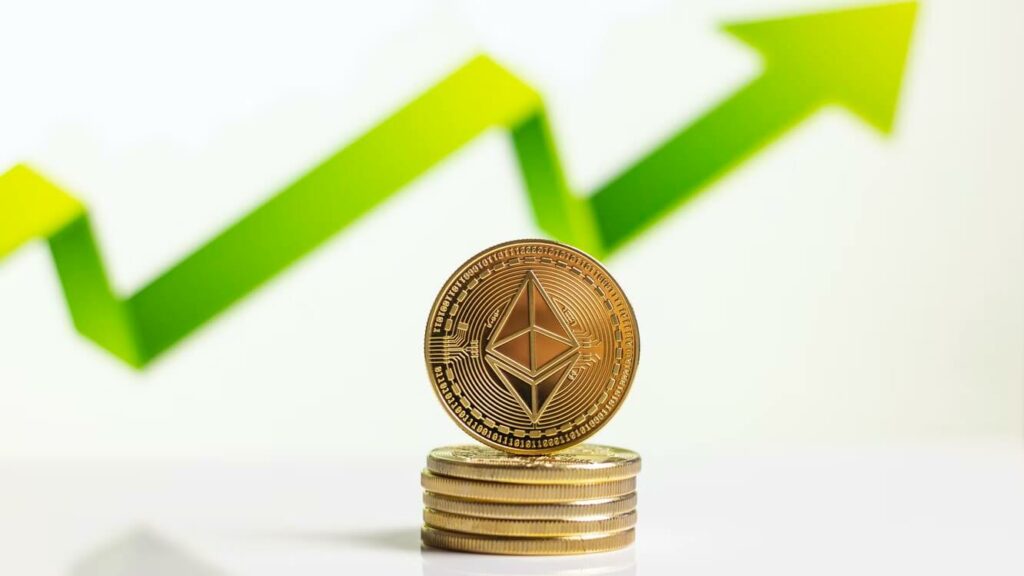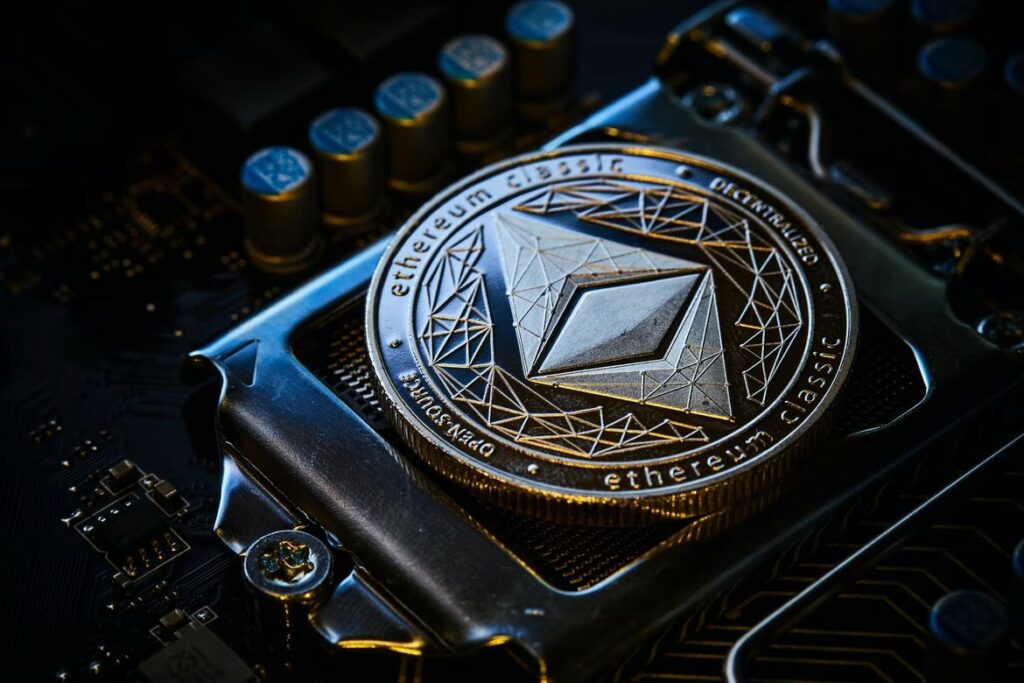Ethereum is easily one of the most popular crypto blockchains currently available. However, more and more users complain about how expensive it has become to perform even the simplest transactions on the platform. So the question remains – why are Ethereum fees so high?
Ethereum fees are high because the network is congested. Since every block on the blockchain has limited space and resources, miners require more gas to execute and verify all transactions. Without the additional incentive for the miners to work, the network would not be able to function properly.

You Won't Believe What Happens When You Click This Link - Earn THOUSANDS in FREE Crypto Now! 🤑
This crazy new website is giving away FREE cryptocurrency like Bitcoin and Ethereum just for completing simple surveys, offers, and watching videos! All you have to do is click the link below, sign up for a free account, and start earning points towards REAL crypto rewards!
Some users are reporting earnings of over 5,000 points (worth up to $50!) credited in just minutes after signing up. That's right, you can get PAID to browse the internet! 💰
Don't miss out on this limited time opportunity to score BIG on free crypto! Click below and join now before it's too late.
Act fast - this is too good to be true!
Although the network’s fees have been a popular subject of many social media threads, its developers claim users won’t have to worry too long about that. In the meantime, let’s see what the current situation on the decentralized platform looks like.
Ethereum Fees Are High Because the Network Is Congested
The reason Ethereum fees are so high is because the network is congested. The popularity and growth of the blockchain have caused the value of its native currency, Ether, to grow, which directly affects the price of “gas” used in every transaction. Since every block on the blockchain has limited gas space, the more transactions are sent on the network, the higher the fees become.
This gas fee is an integral part of the Ethereum network, as it helps to incentivize miners to continue processing and validating transactions. Without this incentive, the network would not function properly, and it would be challenging to send transactions.
While this system ensures requests are processed quickly, it also means that users must sometimes pay high fees. As of February 2022, the average cost for an Ethereum transaction is around $15, but this will undoubtedly change as more people join the platform. Although this may seem like a lot, it is still much lower than what Bitcoin and some other blockchains are charging.
What Is the Ethereum Gas Fee Price?
The Ethereum gas price is the amount paid to miners for their work in verifying and executing transactions on the Ethereum network. The price is expressed in Gwei, which is a denominated unit that represents one billionth part of Ether. This unit is used for all transactions on the crypto exchange, including the gas price and its limit.
The current average gas price on Ethereum is around 100 Gwei, meaning that you’ll have to spend around 0.0000001 ETH per unit of gas for each transaction. However, as I mentioned earlier, gas price is not fixed and can change depending on network conditions. For example, if the network is congested, the price will likely be higher.
The gas price is the amount of Ether you are willing to pay per unit of gas. The higher the gas price, the more likely your transaction will be included in a block. However, it’s important to note that the fees are not refunded if your transaction is not included in a block. Since miners will only process transactions with a high enough gas price attached to them, make sure you set your gas price and limit appropriately.
This means that if you want your request to be processed more quickly, try setting a higher gas price. Conversely, if you are willing to wait, simply set a lower price. Lastly, gas prices also vary based on transaction size and type. The more data a transaction holds, the more expensive it will be to send.

How Are Ethereum Transaction Fees Calculated?
When you send a transaction on the Ethereum network, you are required to pay a fee, which is based on the following factors:
- Gas price,
- Gas limit (units),
- Transaction size,
- Transaction type,
- Tip.
The gas limit is the maximum amount of gas a user is willing to spend for their transaction. The higher it is, the more expensive their request will be. The miners set each limit, determining how many transactions can be processed in a given block.
It is also important to note that users are not required to include a gas limit when sending a transaction. If a user does not disclose a gas limit, then the miners will set a default gas limit for the transaction. This default limit is typically based on the amount of data sent and goes around 21,000 Gwei on average.
Another factor that may impact the transaction fee price on the platform is the tip. Also known as a priority fee, this additional amount of Gwei incentivizes miners to prioritize your request over others, which is particularly important when the network is congested.
To give you an example of how the Ethereum transaction fee works, the table below shows how much it can cost you to send 1 ETH to another user.
| Assets | Gas Price (Per Unit) | Gas Limits (Units) | Tip (Priority Fee) | Total Fee | Total Deduction |
| 1 ETH | 100 Gwei | 23,000 Gwei | 20 Gwei | 2,760,000 Gwei (0.00276 ETH) | 1.00276 ETH |
| A | B | C | D | E=C*(B+D) | A+E |
At the time of writing this article, 1 ETH was worth around $2,750. Under these circumstances, sending one Ether token would cost you less than $8.
How to Reduce Ethereum Ether (ETH) Fees
The first thing you can do to reduce your Ethereum fees is to use a lower gas limit. You can do this by going to the “Advanced” tab in the “Send” screen and lowering the limit. You can also combine multiple transactions into a single transaction to save on fees.
If you’re still having trouble reducing your fees, you can try using a different Ethereum wallet. For example, if you’re using the Mist wallet, you might want to try using the MyEtherWallet website instead. This platform is a free, online Ethereum wallet that allows you to store and send Ethers without having to pay any fees.
You can also optimize your transaction timing and avoid periods where there’s the most congestion. As you might have guessed, the best time is also subject to change. However, you will typically experience less congestion and thus, have lower fees when making transactions overnight.
If you’re not sure how much your request is going to cost, try using a DeFi Saver app to simulate a transaction. This app will provide you with the estimated and maximum gas fees, allowing you to customize the recipe and minimize the transfer costs.
Finally, you can also try Ethereum Layer 2, which allows users to scale up on the blockchain while reducing their transaction times and costs.

Be Aware of the Fees Whenever You Use Ethereum
Several factors cause the high fees on the Ethereum network. These include network congestion, low supply of ETH relative to the demand for transactions, and rising miner rewards. While there is no easy solution to this problem, developers are working on solutions that will improve the situation in the long term. In the meantime, it is crucial to be aware of the high fees and take measures to minimize their impact on your business.